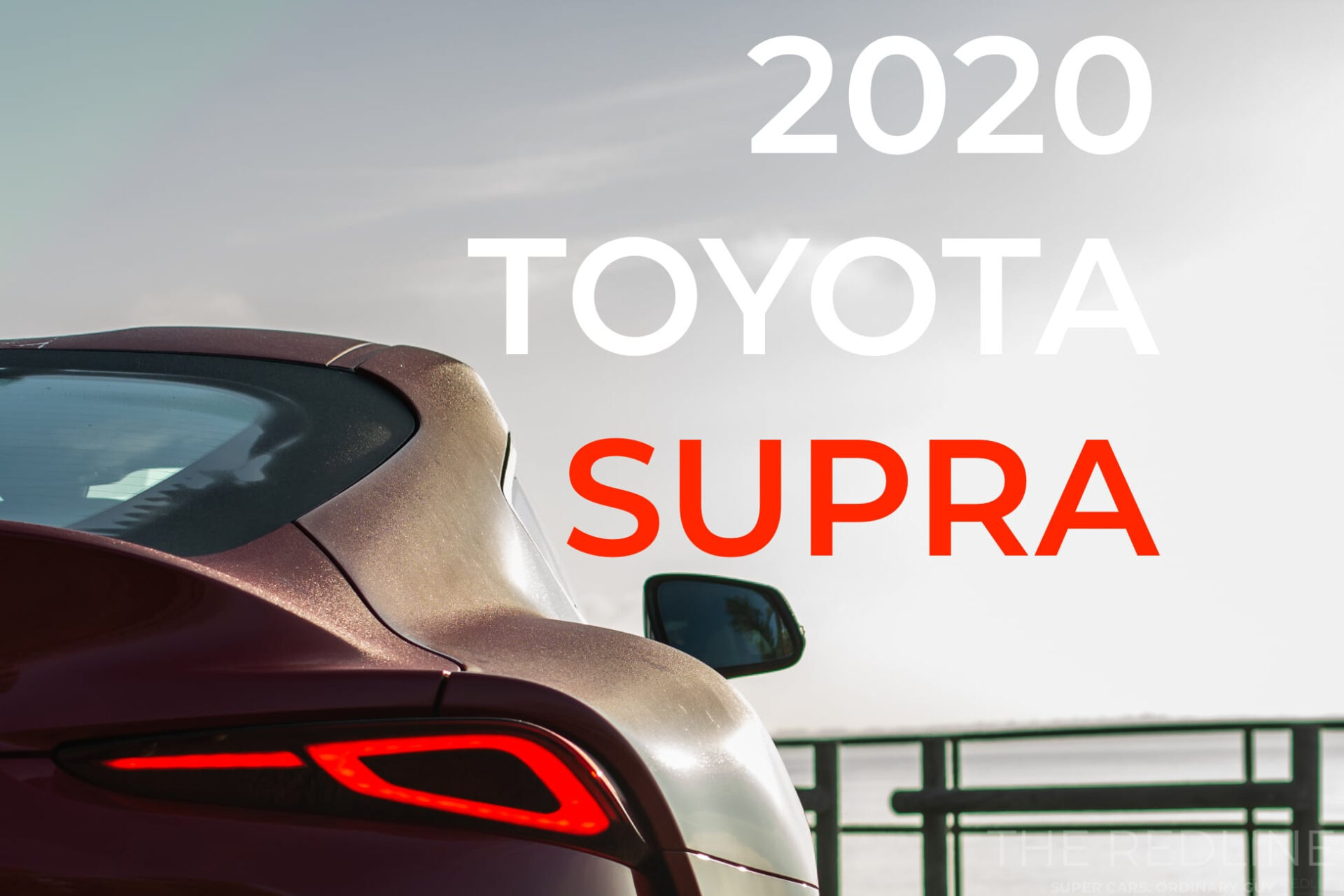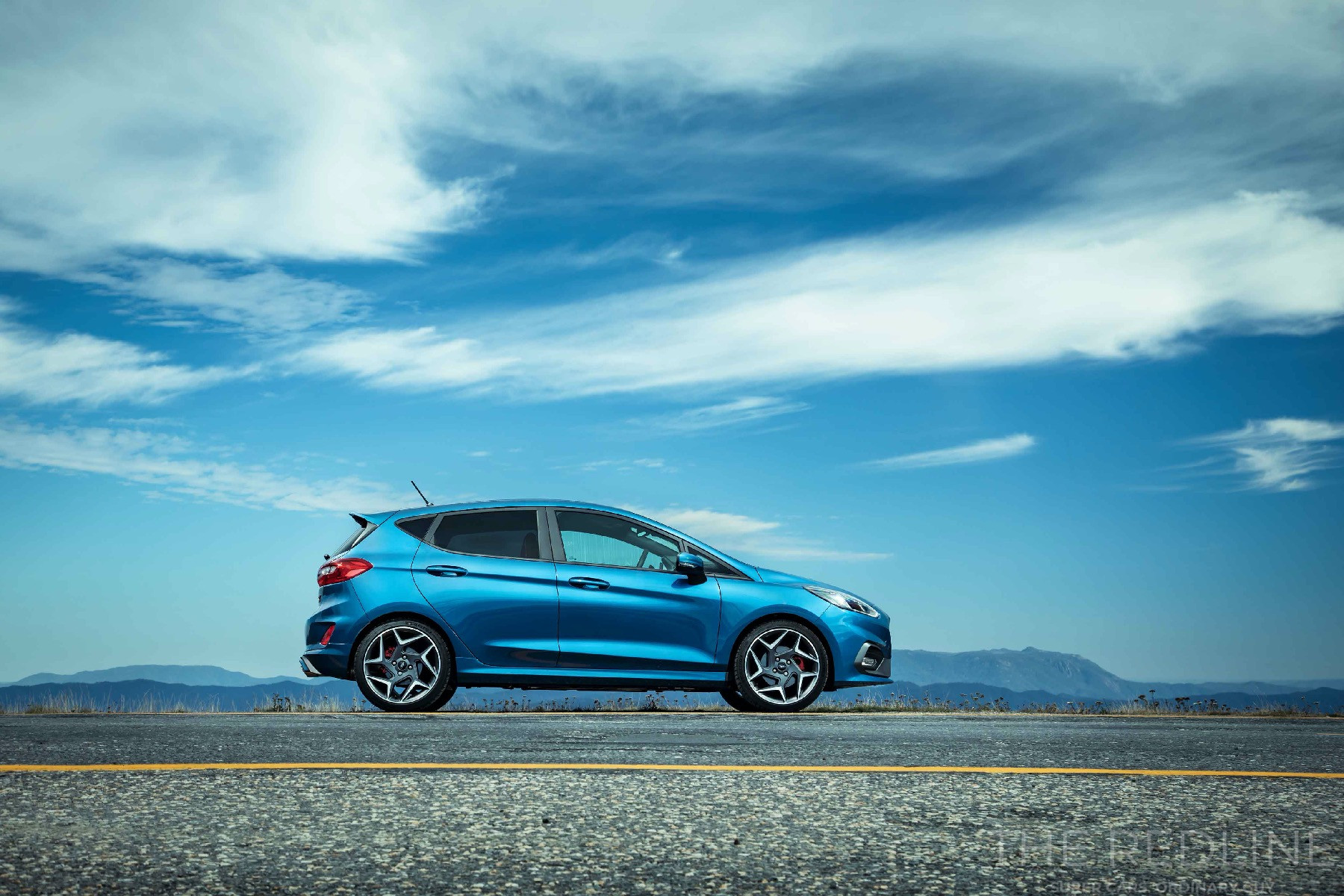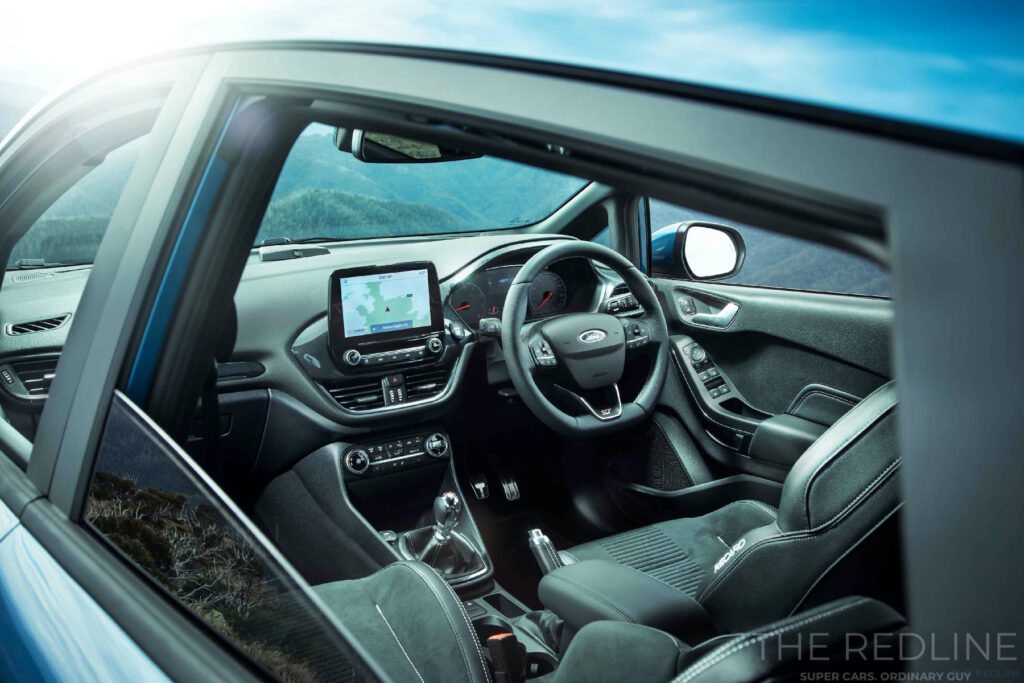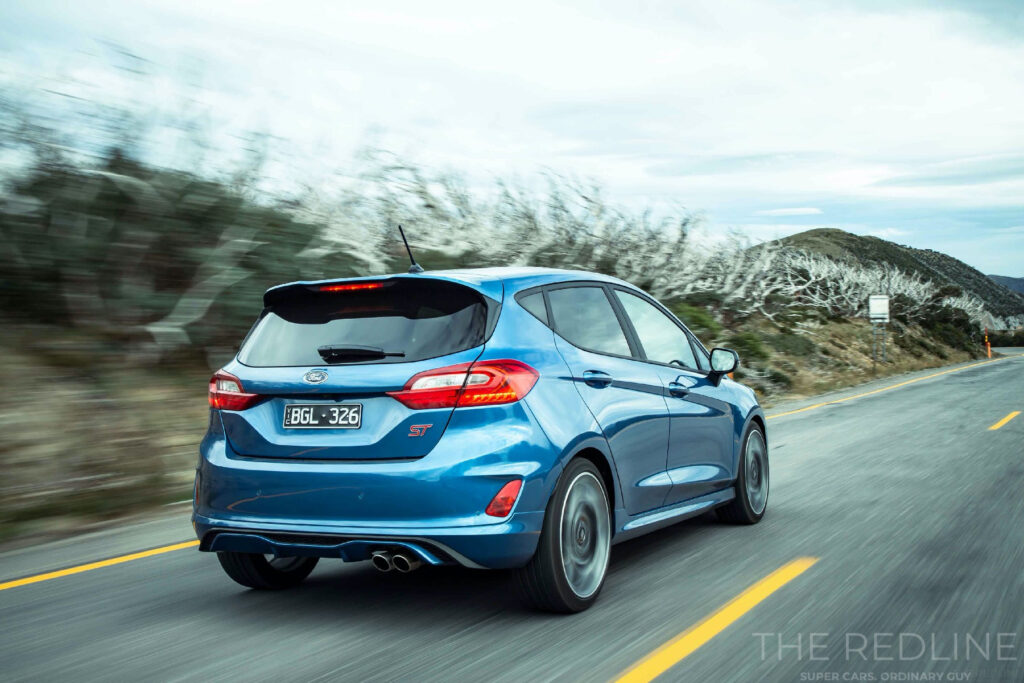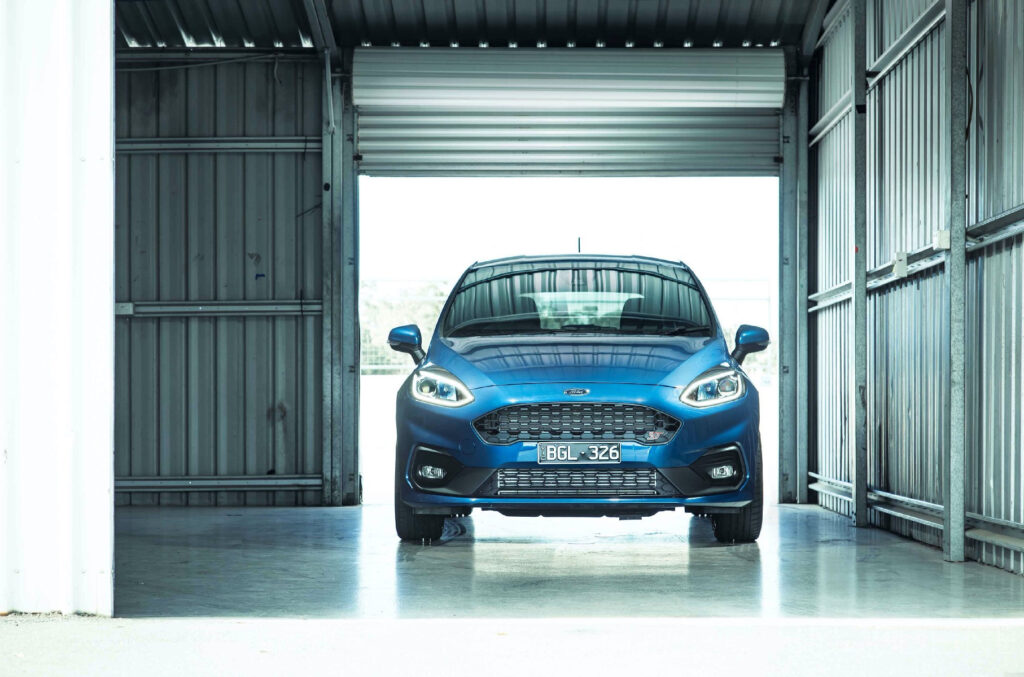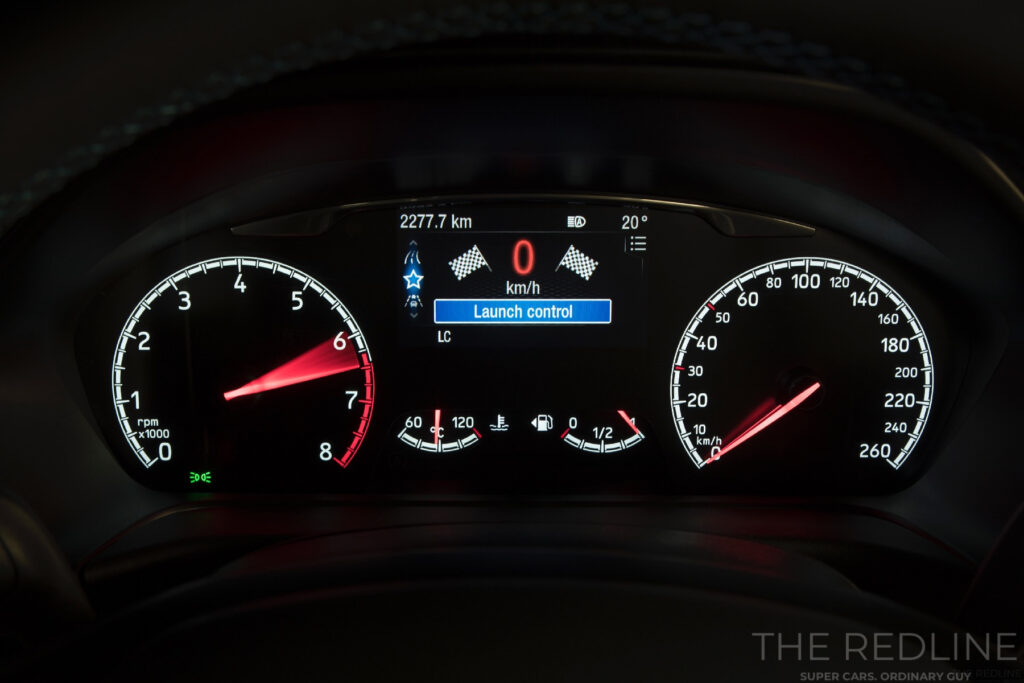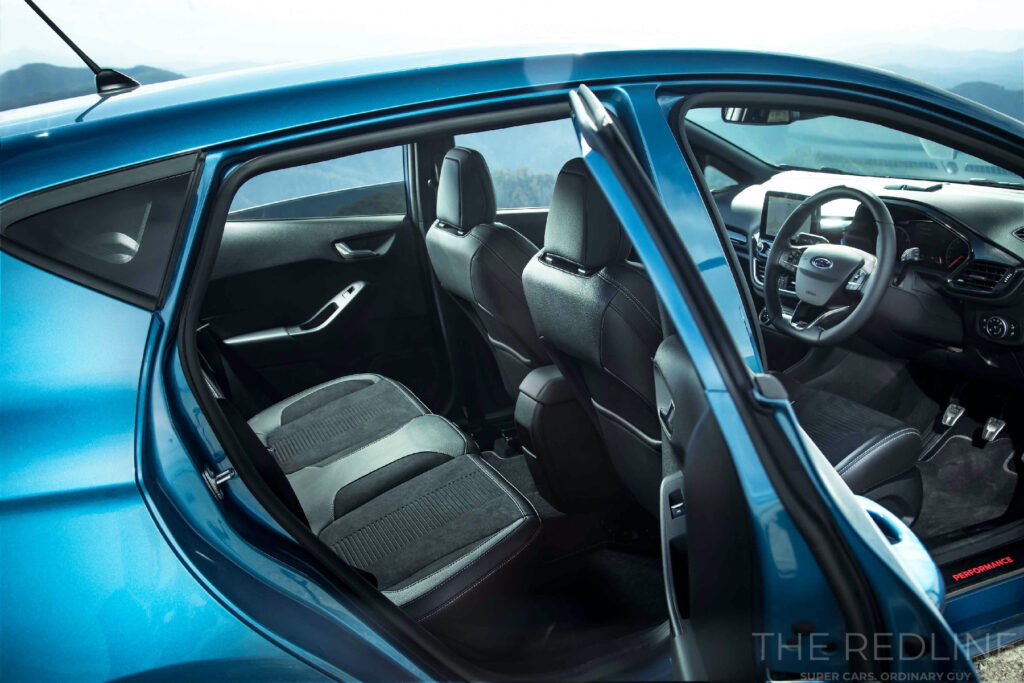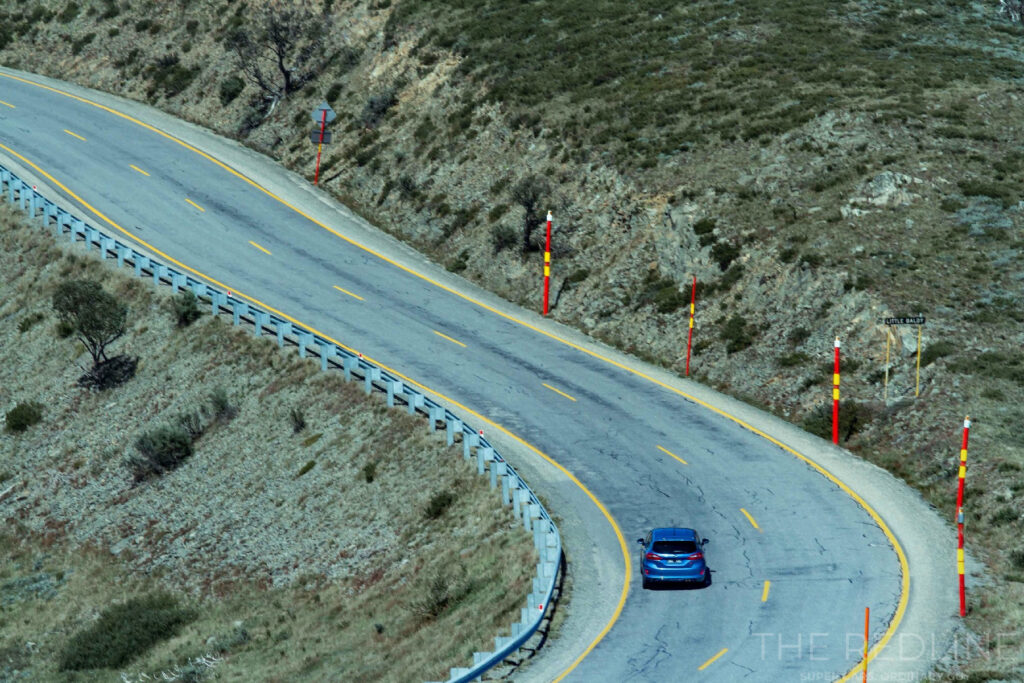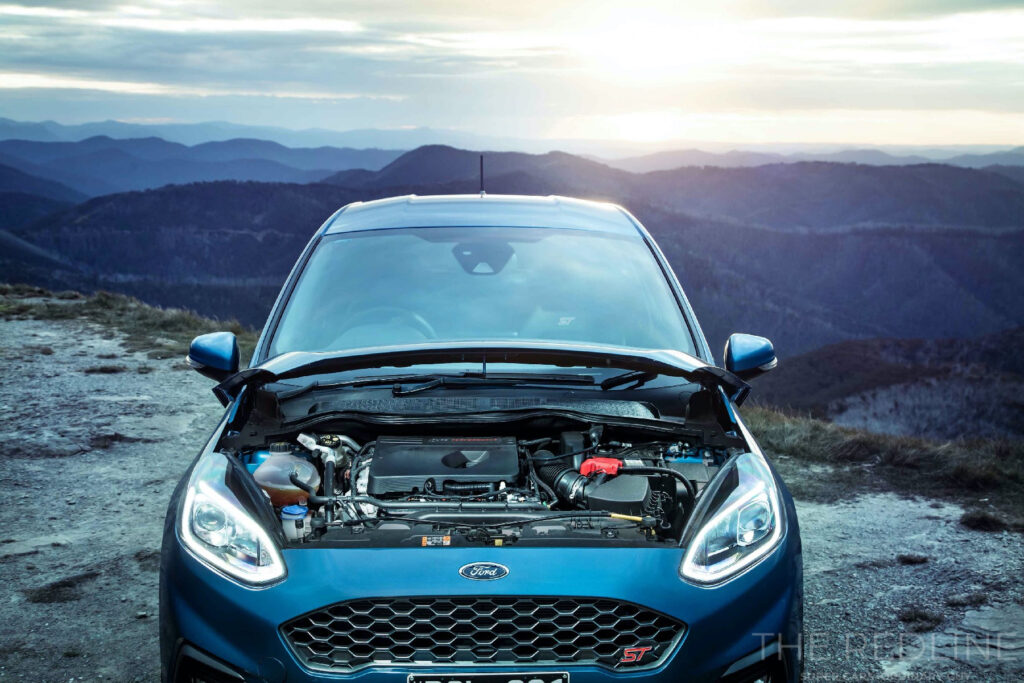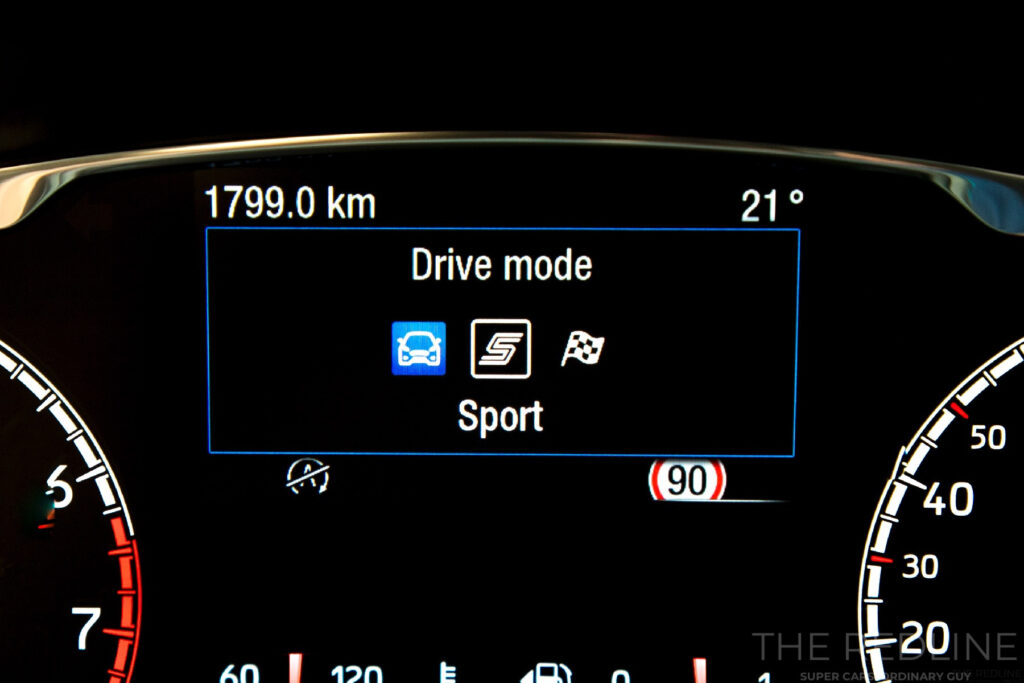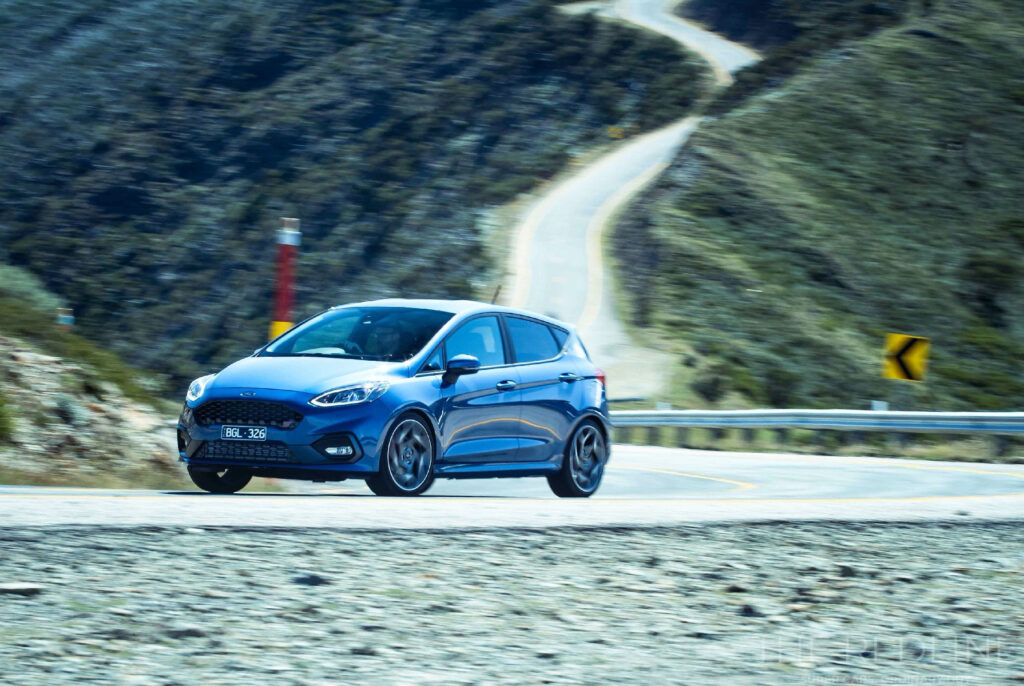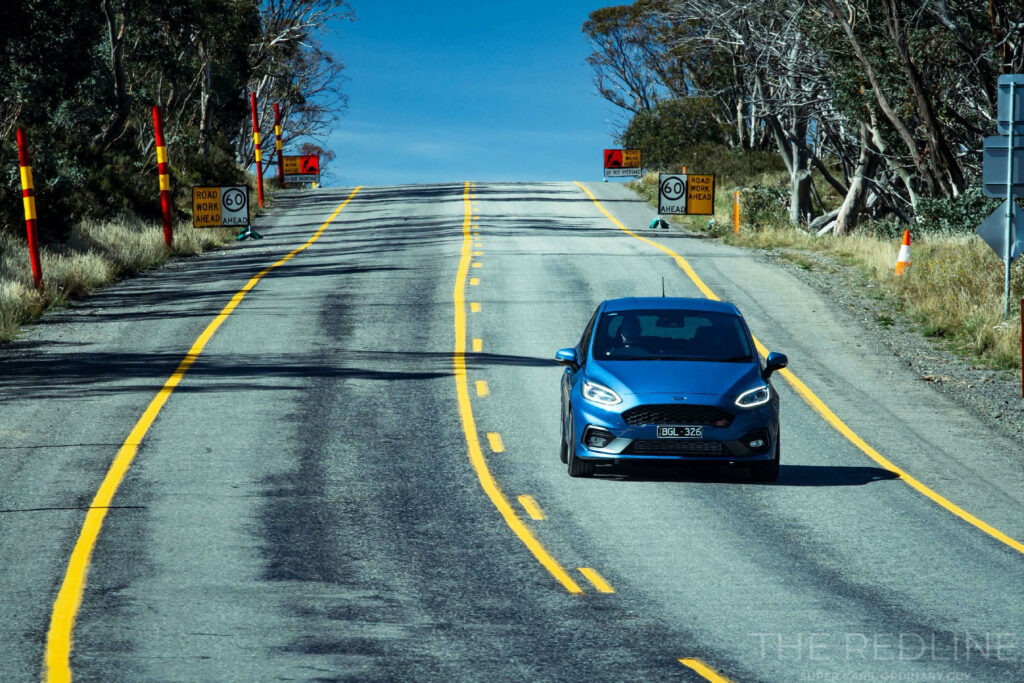Unlike one or two people on the internet, I have never really had a strong opinion on the Toyota Supra.
Not because I couldn’t be bothered or anything like that, I just didn’t see a Supra on my driveway, even the last of the old generation. You know how some cars just don’t speak to you? That was the Supra for me.
The Mazda RX-7 of the same period, though. Phwoar. But that’s for another time.
Then the usual, annual rumours of a Toyota sports car surfaced. The previous rumours were nonsense – or so I thought – based on the idea that the 86 had done well. Of course they would return to the Supra.
Not Toyota, I thought. Not now – far too straight-laced these days.
Then came The Announcement – BMW and Toyota were working together on a new sports car. We knew it would yield the new Z4 – that was easy – and then it turned out, I was wrong – Toyota was going to put something like the FT-1 into production.
After an absolutely interminable drip-feed, the new Supra landed and then arrived here late last year, a decade ago after all that’s happened since.
So here we are – another baggage-free Redline review, like the Porsche 911 – the Toyota Supra GR.
How much is a 2020 Toyota Supra GT and what do you get?
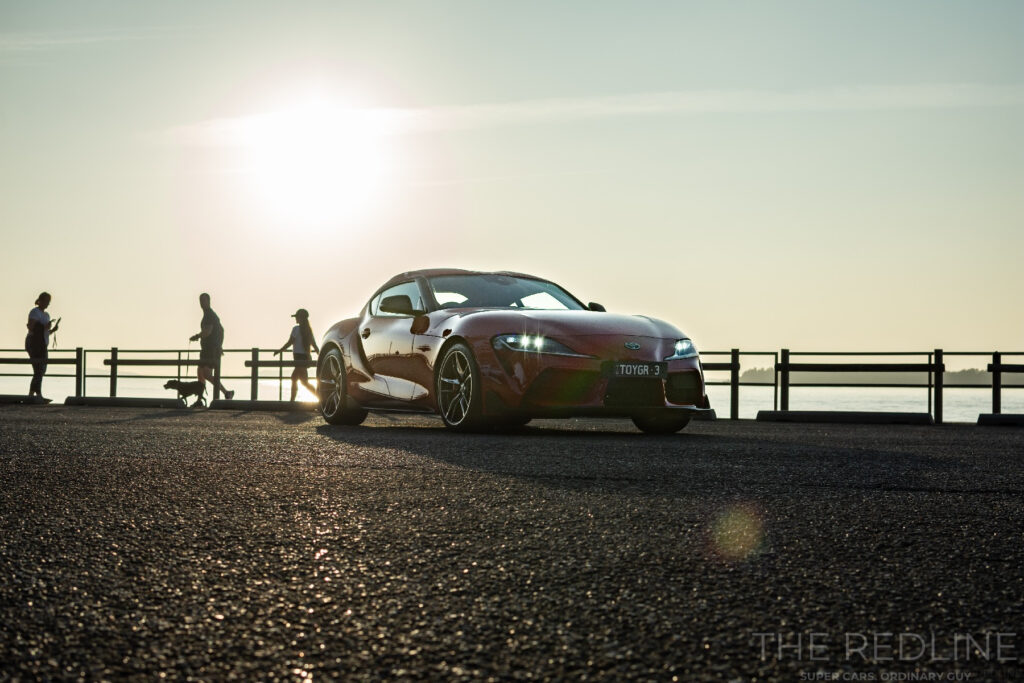
$84,900 + ORC
It looks like a lot of money and for a Toyota that isn’t a LandCruiser, it is. And you’re not getting a discount, not even in lockdown, because supply is tight.
Anyway, you get a 10-speaker stereo, 18-inch alloys, dual-zone climate control, reversing camera, keyless entry and start, adaptive dampers, front and rear parking sensors, cruise control, electric and heated front seats, sat nav, auto LED headlights, (very good) fake leather, powered heating and folding mirrors and a tyre repair kit.
The stereo is familiar to anyone who’s even seen iDrive. It has been de-BMW-ified and everyone who says “it’s just a BMW interior” is right, up to a point. Those of you who work in IT (and no doubt other industries) will be familiar with the ‘latest-minus-one’ version policy. Most of the bits and bobs inside the Supra are latest-minus-one BMW bits, which is completely fine. Don’t listen to the whingers, it’s plenty enough to separate the Supra from the Z4.
For some confounding reason, we don’t get Apple CarPlay. I understand not getting Android Auto (BMW doesn’t have it yet either), but seriously. What the hell. Other markets get it. What makes us special?
Safety
The Supra has seven airbags (including driver’s knee bag), forward AEB (high and low speed with pedestrian detection), forward and reversing collision warning, stability and traction controls, lane departure warning, lane keep assist, speed zone recognition and rear cross-traffic alert.
Nobody has (deliberately) crash-tested the Supra so there’s no ANCAP, EuroNCAP or IIHS crash ratings. Plenty of gear, though, as you can see.
Warranty and Servicing
Here’s fun – while BMW will only give you a three year warranty on the Z4, Toyota will sling you a five-year/unlimited kilometre warranty on the Supra, with another two years of driveline coverage if you keep it serviced with the big T.
While service intervals are set at 12 months/15,000km, the most you’ll pay for the first four services is $385 per service. That’s a bit more than your average Toyota service, sure, but this is a different beast to my Mum’s Yaris. A Z4’s pre-paid service regime is $110 more over the four years. Having said all of that, you do get roadside assist for free with the BMW.
Look and feel
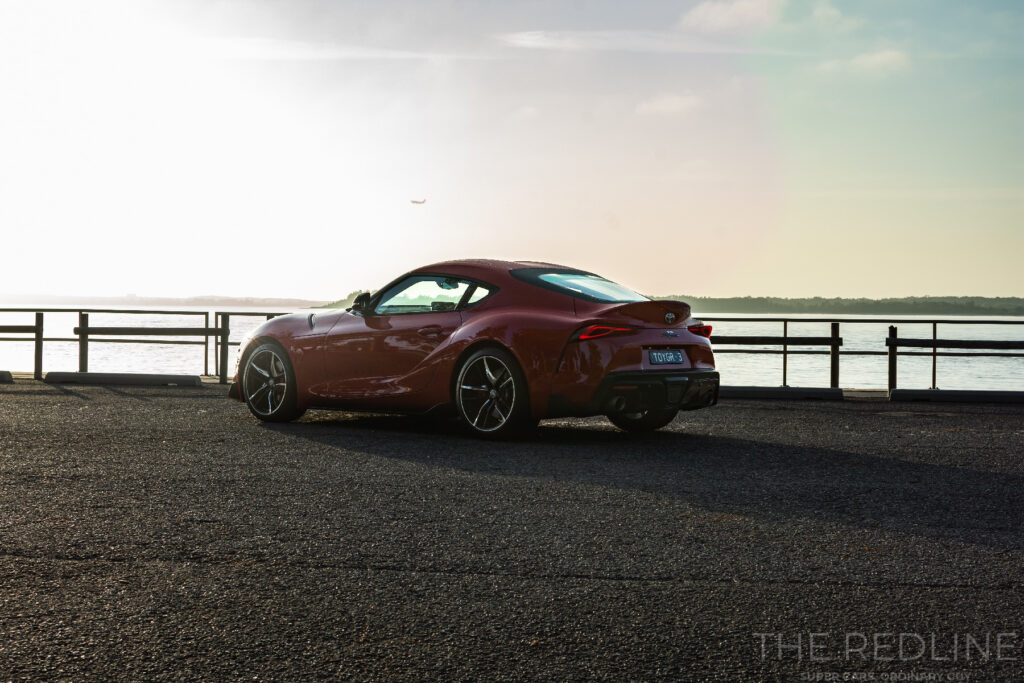
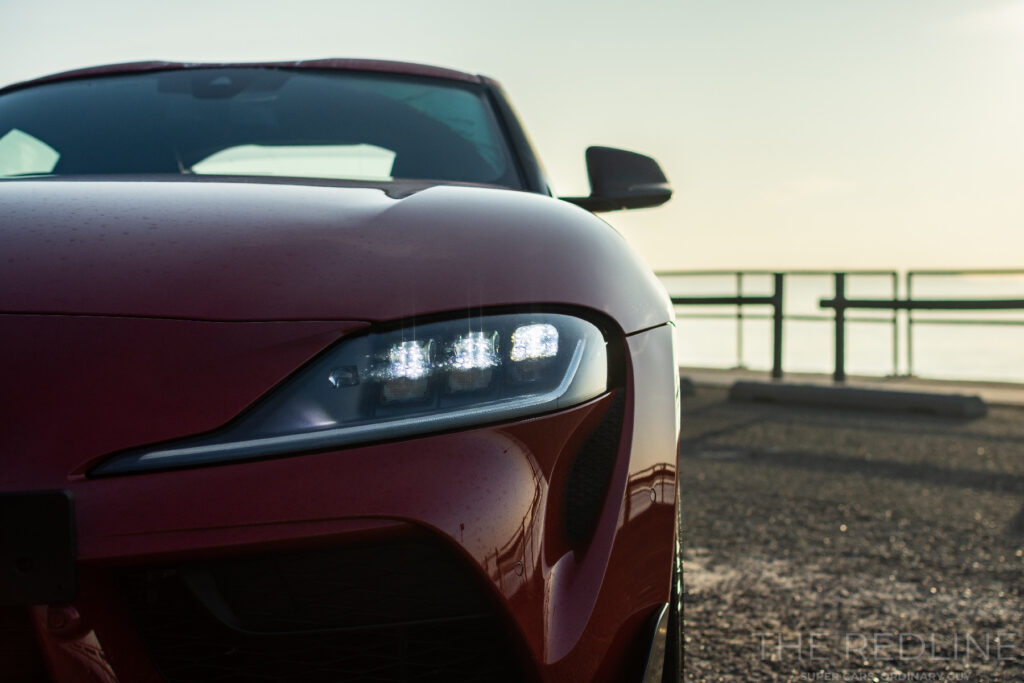
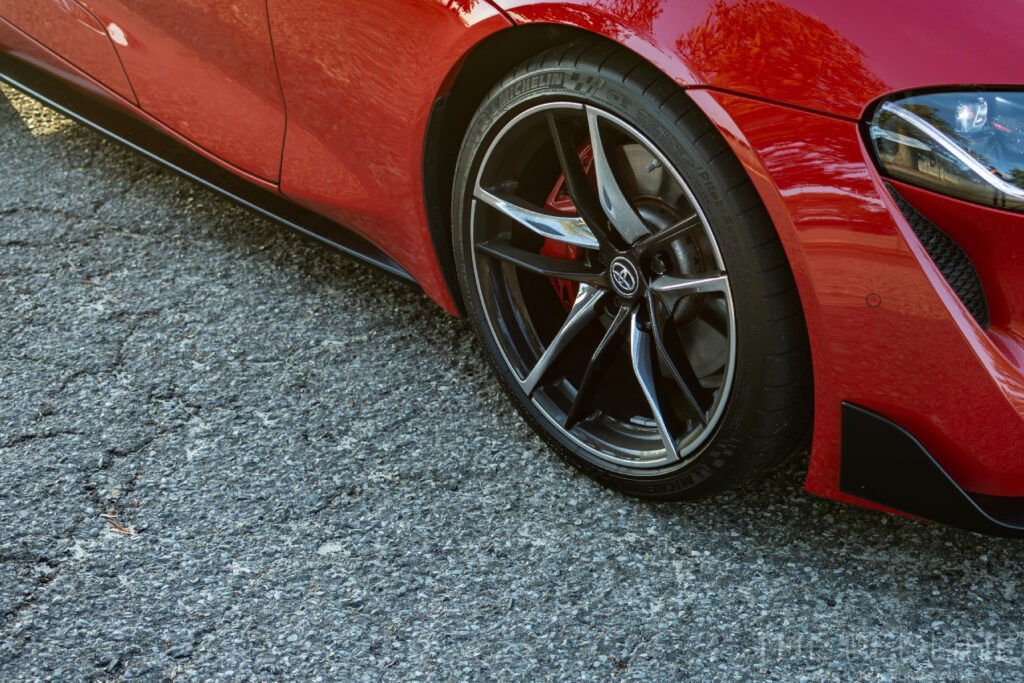
The Supra did not impress me in photos (it does in these – they’re spectacular!) and it wasn’t until I saw one that I thought, ah, yes.
It didn’t bother me for the expected reasons. The echoes of Supra past aren’t too much and it is rather more contemporary than I was expecting. By the end of its time with me, I really liked (most of) it. I absolutely dig the dished wheels a lot. The muscular rear guards are awesome and I adored the massive clamshell effect of the bonnet. It looks nothing like the car it shares its underguts with and that’s an excellent and necessary achievement.
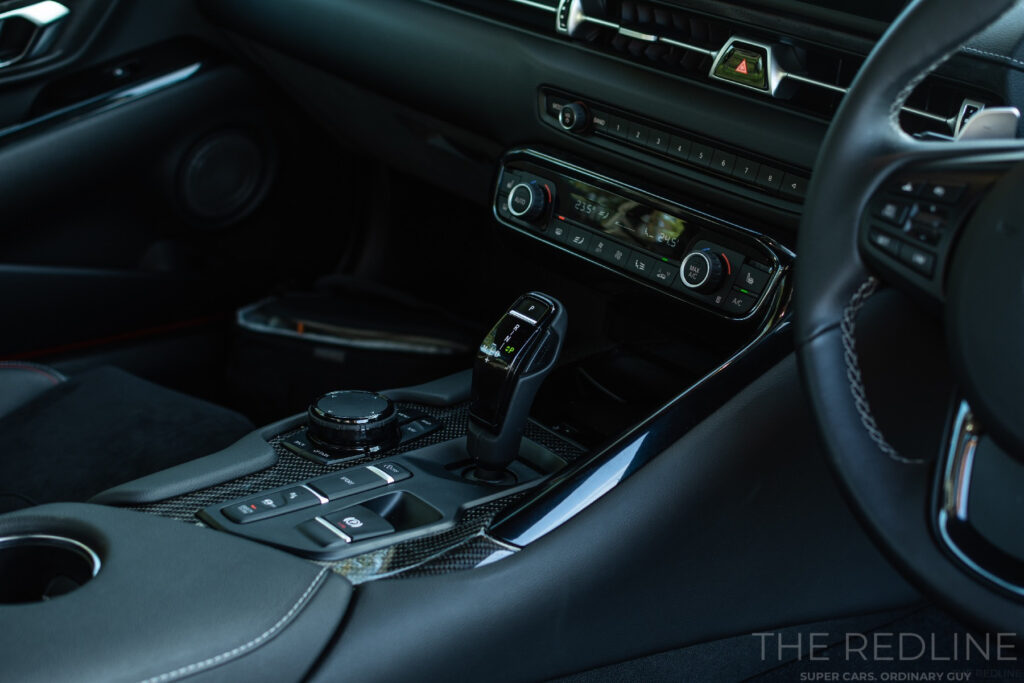
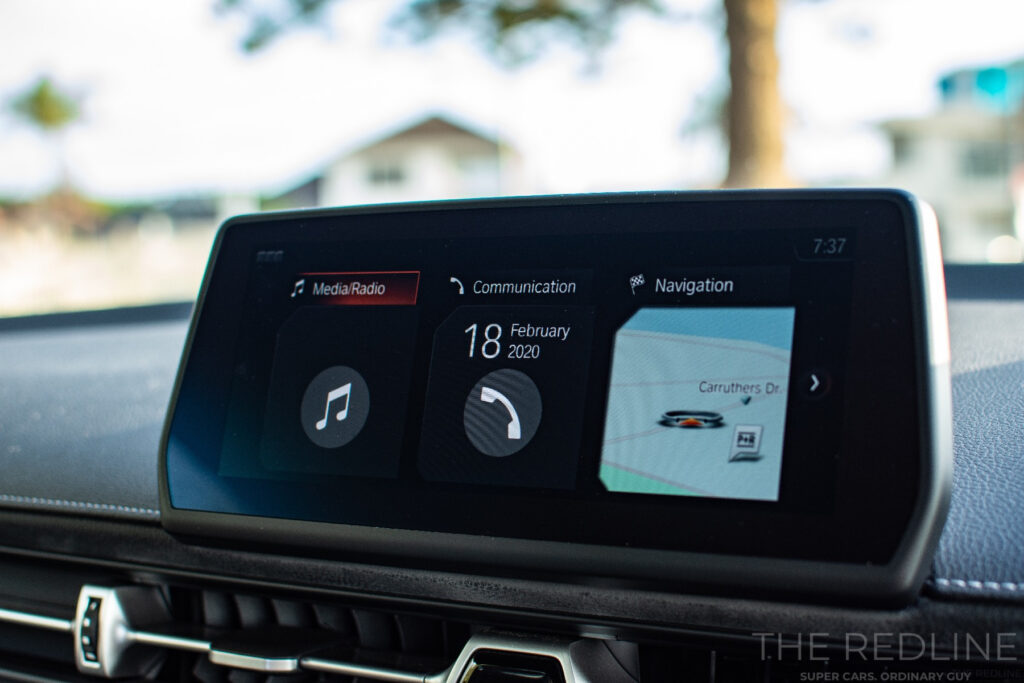
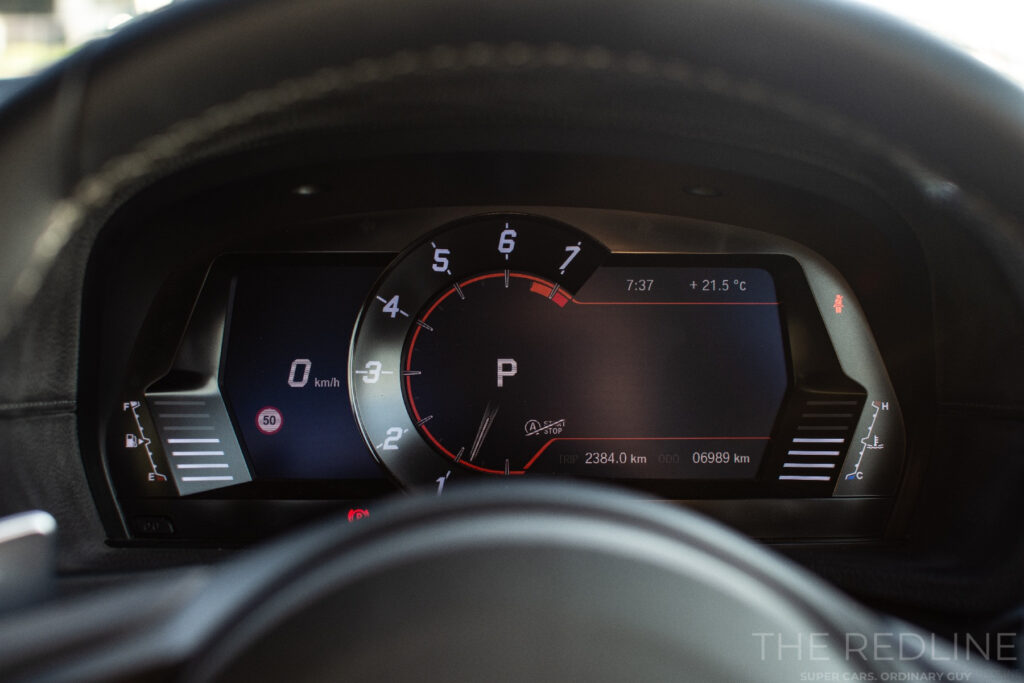
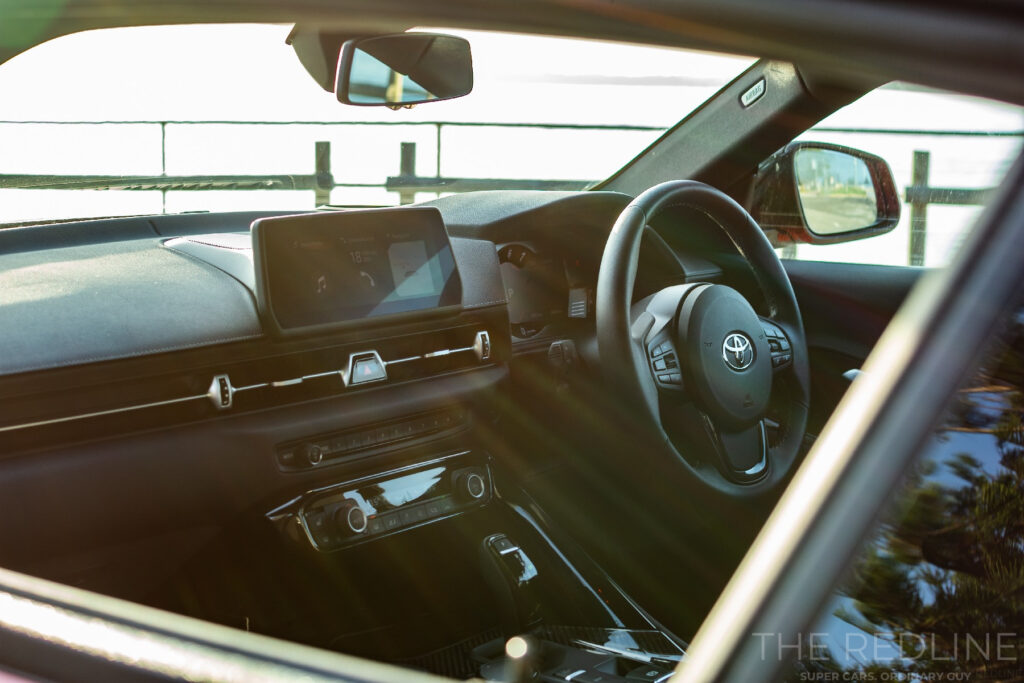
The interior is, frankly, a little bland. But then, you know, Toyota crossed with older BMW. Like I’ve already said, just enough has been done to separate it, but those who know will spot plenty of BMW bits. I don’t quite know why that’s a complaint – it’s by far the best Toyota interior, so shut yer traps.
Boring convenience stuff includes a pair of cupholders and a few sensibly-sized trays and cubby holes for your stuff, handy in a tight cabin. The boot is an impressive 297 litres but, predictably, difficult to get things in and out of. Not really that kind of car, though, is it? If you give too much of a toss about boot capacity or cupholders, may I politely suggest a Veloster? Or a Kluger?
A couple of things bothered me, but the big one was the finish on the “hat.” You can see all the structures of the Z4 if you know where to look and where that car finishes and the Supra starts. So the roof is sort of a hat on that structure.
Problem is, it squeaks. This is not very Toyota and reminded me of the first Jaguar F-Type Coupe I drove ages ago. It’s the same sort of thing – hat on a roadster – and that first car squeaked.
Given Toyota know a thing or two about quality, I’m sure it will be fixed, but it takes the gloss of a $90,000 car.
Chassis
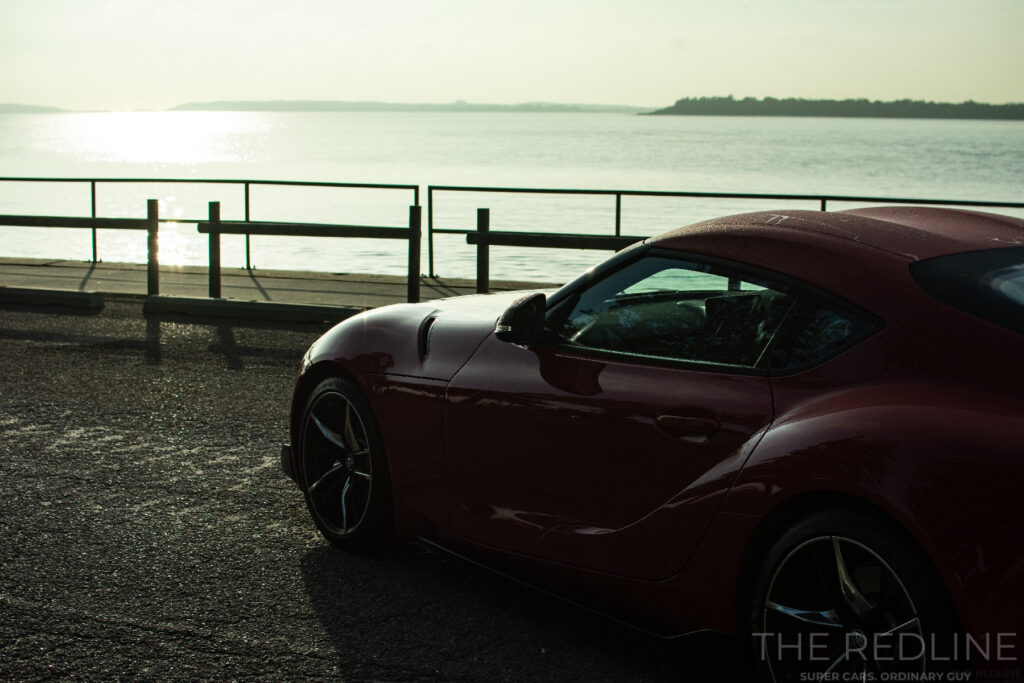

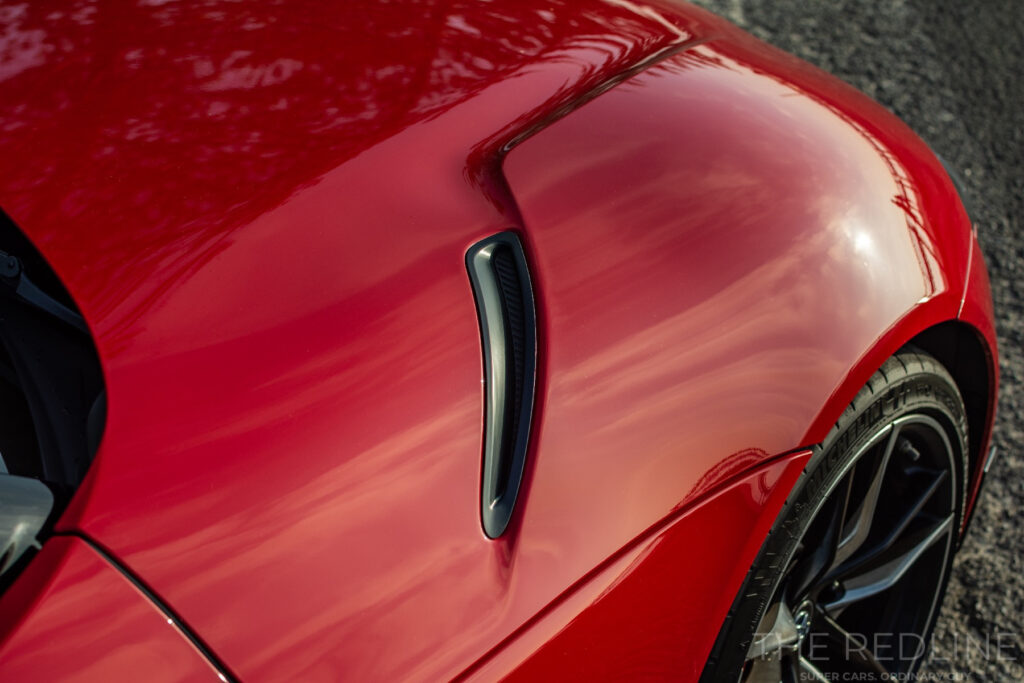
You already know there is a lot of BMW Z4 underneath, which itself is spun off BMW’s CLAR (cluster architecture).
It’s all very familiar – MacPherson struts at the front, five-link rear suspension. The dampers are BMW’s adaptive setup, but with some Toyota fiddles and tweaks to separate it from the Z4 M40i’s feel.
The electric power steering is also the same, but again, Toyota’s chassis folks breathed on it a bit. Some say it’s different enough to the Z4’s so you’d notice, but it’s not that clear-cut if you ask me.
The gorgeous 19-inch alloys score 255/35s at the front and 275/35s at the rear, with Michelin providing Pilot Super Sports.
BMW’s active limited-slip diff is also along for the ride and that, my friends, is a good thing. The first car I drove with an active LSD was a BMW and I remain entirely convinced of their value.
Drivetrain
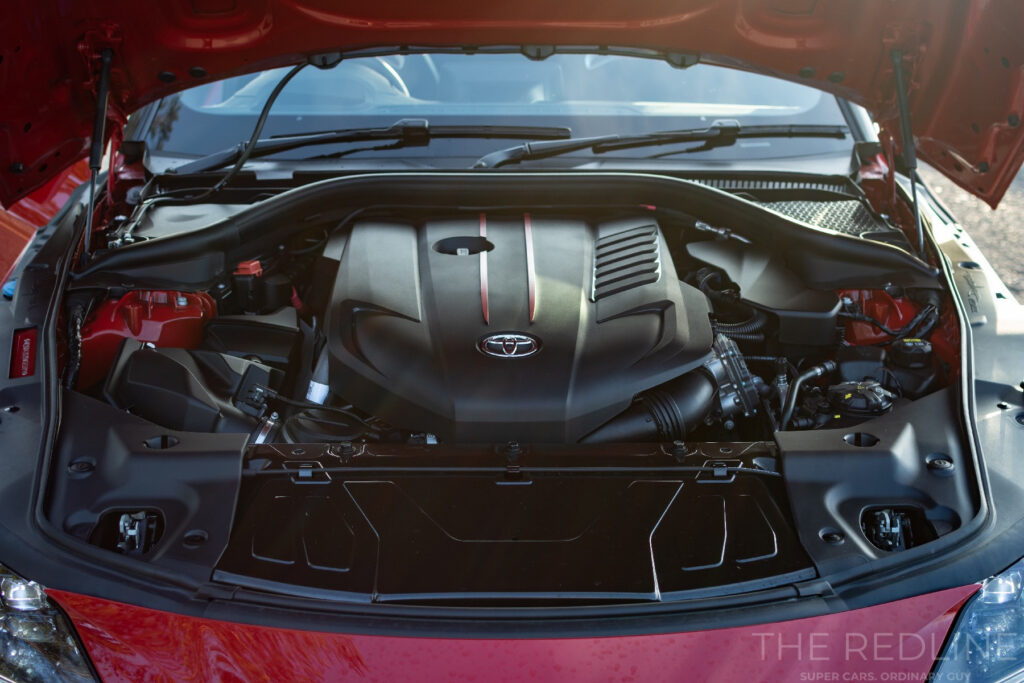
Again, familiar – BMW’s B58 3.0-litre straight six is in a bunch of cars and I like them all. It’s an excellent engine and finds its way into the Supra unchanged.
That means a very respectable – and probably inaccurate – 250kW between 5000-6500rpm and 500Nm (also inaccurate) between 1600-4500rpm.
And when I say those figures are inaccurate, it’s in a good way. Like most BMW performance engines today, the figures are – anecdotally from YouTube dyno tests – around 10% more in real life.
The eight-speed ZF carries over as well and with a kerb weight of 1495kg, you’ll crack the ton in 4.4 seconds.
And can we talk about how the bonnet rolls down over the wheelarches? Gorgeous.
Driving
I knew the Supra and I were going to get on just fine from the second I gave it some throttle. The exhausts bark (but in a fairly restrained way) and you’re flung forward, just like that.
The A90 Supra is more amped-up than the Z4 M40i which, to be fair, is a fighter to start with (a fact I had forgotten until the week after I had the Supra). You really have to watch your toes in the Toyota because there’s not much play in the throttle.
That’s a good thing, mind – it means you’ve access to all that smooth twin-turbo power from the B58 whenever you want it. Traction off is a handful, so you’ve been warned.
Add that to the frankly spectacular turn-in and you have a real best-of-both-worlds sports car. It’s still light enough to be chuckable but keeps you on your toes, in a similar vein to the distinctly analogue 86 does (in the wet, anyway).
The chassis itself is reasonably compliant, which is impressive given its lack of travel. In normal mode it rides the bumps quite well and around town is eminently usable, even if you can’t really see out the back. My wife chose to drive it because she loved the way it held the road. The response from other road users was…well…disappointing.
But what’s really great is getting out on your own and giving it a damn good thrashing. It’s such a great platform from which to leap off the cliff and really get stuck in – the traction and stability systems are well-judged and that diff works you into a corner like few other cars can.
It’ll kick the tail and slide if you’re not paying attention but it’s never threatening. You definitely have to hustle it a bit as the steering does get heavy, but it’s here you’re feeling what’s going on under the front wheels. A bit of speed and lateral load adds feedback to the wheel you don’t get when you’re puddling about.
Which, when you think about it, isn’t a bad thing because you don’t always need the wheel chattering at you. Certainly didn’t bother me.
Redline Recommendation

Of course yes. The A90 Toyota Supra is a proper laugh. Fast, exciting and in the actual flesh, great to look at. Not pretty, no, but great to look at.
I don’t know if it’s a Supra or not, but it’s a belter of a car, with more to come in the form of the 285kW upgrade later in the year and a few tweaks. Hopefully those under-the-skin tweaks don’t settle the car down too much but I tell you what – 250kW is absolutely plenty.
If you’re on the edge of buying, feel free to jump – if you like driving, you’ll love the Supra.
